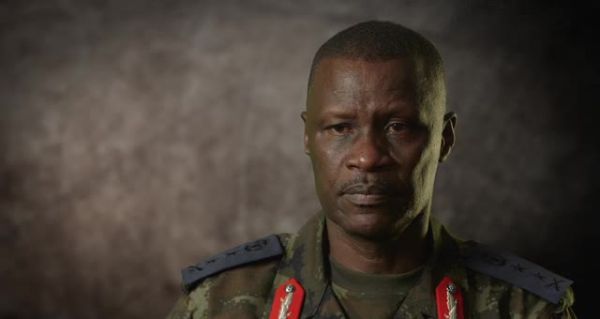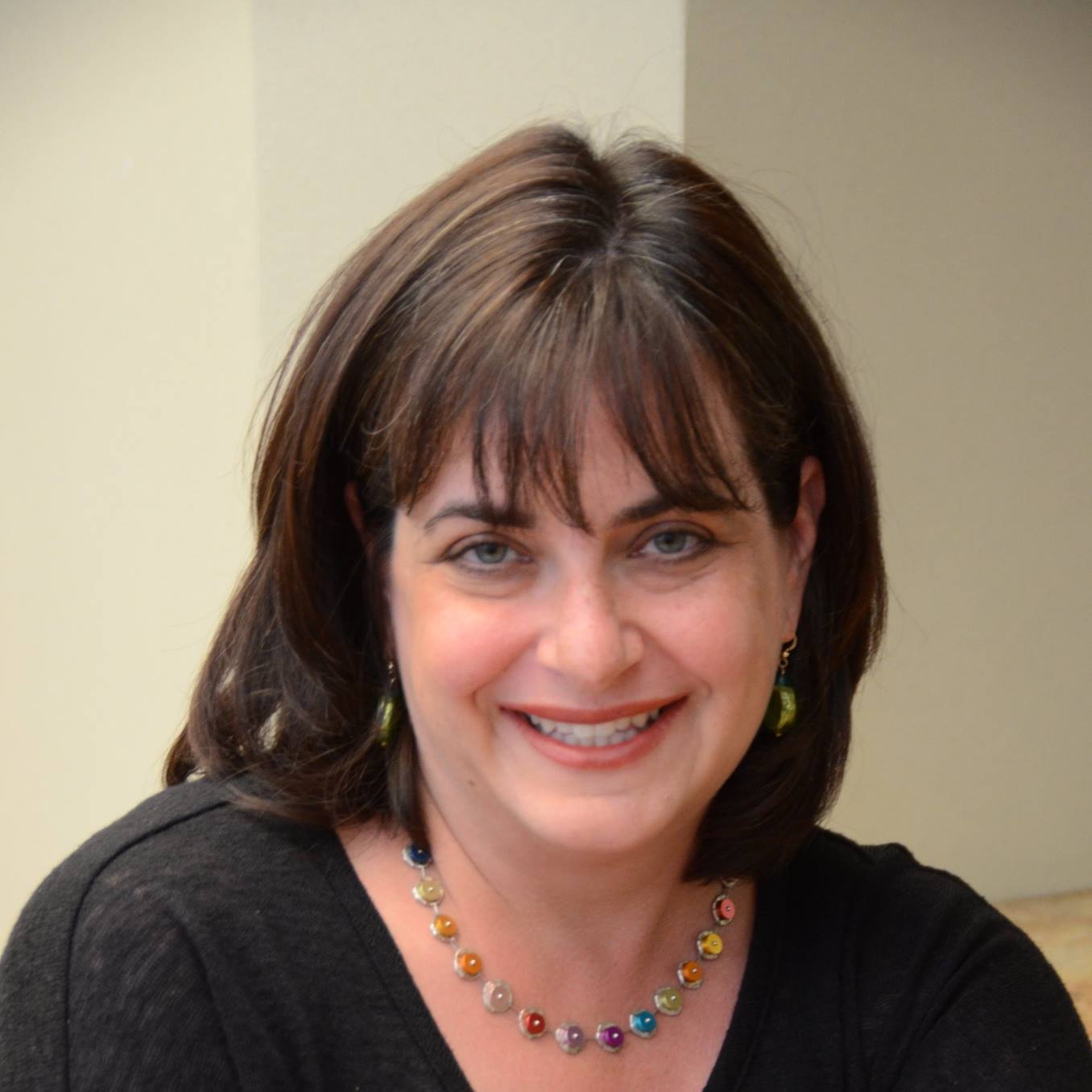New Testimonies Spanning More than a Century Added to Visual History Archive
Ivy Schamis, teacher at Marjory Stoneman Douglas High School, recorded a testimony as a witness to contemporary antisemitism in 2019.
USC Shoah Foundation has added 132 testimonies to its Visual History Archive.
These firsthand accounts of mass atrocities spanning more than 100 years are now available to researchers, educators, family members, and the public.
The spring 2021 update includes 18 accounts from Rwandan liberators and survivors, 88 oral histories from survivors of the Armenian Genocide, 19 testimonies from Holocaust survivors, and six interviews related to contemporary incidents of antisemitism.
Witnesses to Contemporary Antisemitism
Among those speaking on contemporary antisemitism are Judah Samet, a Holocaust survivor who witnessed the Tree of Life synagogue shooting in Pittsburgh, and Ivy Schamis, who saw two students shot to death in her classroom at the Marjory Stoneman Douglas High School in Parkland, Florida, where she was teaching about the Holocaust using the Institute’s educational website IWitness during the attack. Charlotte Knobloch, Holocaust survivor and longtime president of the Jewish Community of Munich and Upper Bavaria and a well-known leader of German Jewry nationally and internationally, discusses confronting contemporary antisemitism in Germany. Another perspective on contemporary antisemitism comes from Anetta Kahane, a founder of the Amadeu Antonio Stiftung, and minority rights advocate. Mrs. Kahane not only speaks about her past and current efforts in countering racism and antisemitism, but also about how she herself became the target of an ongoing barrage of antisemitic attacks.
“When we expanded our collection to include experiences outside the Holocaust, we did it because we knew that there was a broad human story to be told and ongoing suffering to address,” said Stephen D. Smith, Finci-Viterbi Executive Director of USC Shoah Foundation. “This latest update to the Visual History Archive reflects the breadth of our work and is the result of the diligence of our team, from interviewers to coders, who help bring these voices to life and make them accessible to so many.”
Voices of Rwandan Liberators join the Archive
Seven of the 18 testimonies documenting the Genocide against the Tutsi in Rwanda were conducted as interviews for the The 600: The Soldier’s Story, a 2019 award-winning documentary produced by USC Shoah Foundation supporter Richard Hall. The film tells the story of a small opposition Rwandan Patriotic Front (RPF) battalion stationed in the capital city of Kigali when Hutu government forces began to massacre Tutsi civilians in April 1994. The 600 RPF soldiers repelled 10,000 troops of the Rwandan Armed Forces for days until reinforcements arrived while simultaneously conducting rescue efforts to save Tutsis targeted for mass murder.

In his testimony, Maj. Gen Charles Karamba, the officer in charge of intelligence for the 600, describes with military precision how “the boys” held on to the parliament building, the airport, the stadium, and key roads, all while trying to save civilians from a brutal massacre.
“We were dealing with something we were not trained to do. This is a humanitarian line of operation that we were engaged in, concurrently with the military line of operation,” said Karamba, now Rwanda’s High Commissioner to Tanzania. “So we needed to balance our resources in terms of manpower, logistics, medicine, and, I must say, that we did that with a traumatized group of people.”
Nearly 1 million Tutsis and moderate Hutus were murdered in a carefully planned campaign over the course of 100 days until the RPF defeated the Hutu forces and established control of the capital city of Kigali on July 4, 1994.
Karamba’s testimony is among the first of Rwandan liberators in the Visual History Archive, which initially expanded to add Rwandan testimony in 2013. Working with partners Aegis Trust and the Kigali Genocide Memorial Centre, USC Shoah Foundation now has 135 testimonies connected to the Genocide against the Tutsi in Rwanda and will continue to add more.
Armenian collection expanded
The latest update brings to 122 the number of searchable, indexed testimonies from the Richard Hovannisian Armenian Genocide Oral History Collection. The testimonies stem from the 1970s and 1980s, when students of UCLA professor Richard Hovannisian, a leading scholar and advocate for the Armenian community, conducted wide-ranging interviews with more than 1,000 people who survived the 1915 Ottoman campaign that murdered 1.5 million Armenians.
The Hovannisian Collection, which was integrated into USC Shoah Foundation in 2018, includes rich memories of life before the genocide from survivors who lived in Armenian communities throughout California. The Visual History Archive now contains 457 testimonies related to the Armenian Genocide.
The Visual History Archive contains more than 55,000 indexed, searchable testimonies, accessible at 170+ universities, museums and libraries in 15 countries. Transcriptions of nearly 4,000 testimonies are now available. Nearly 4,000 testimonies are accessible from anywhere on VHAonline, which added 152 testimonies in the latest update.
A team of researchers, indexers, and coders at USC Shoah Foundation conduct interviews, curate existing interviews, and add searchable terms to segments broken down by the minute to enhance the Visual History Archive, which is updated twice a year.
